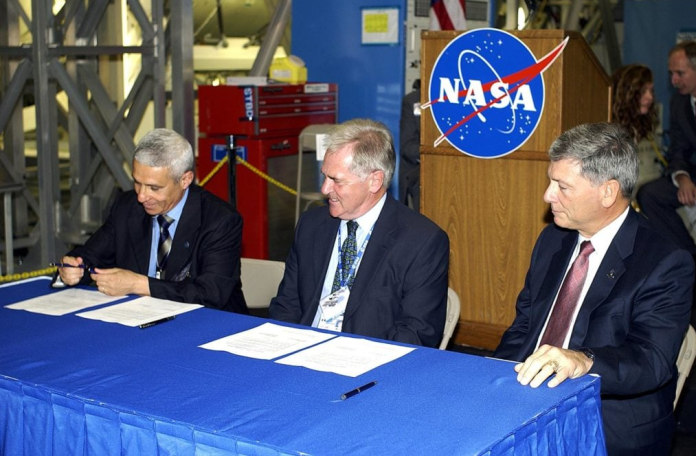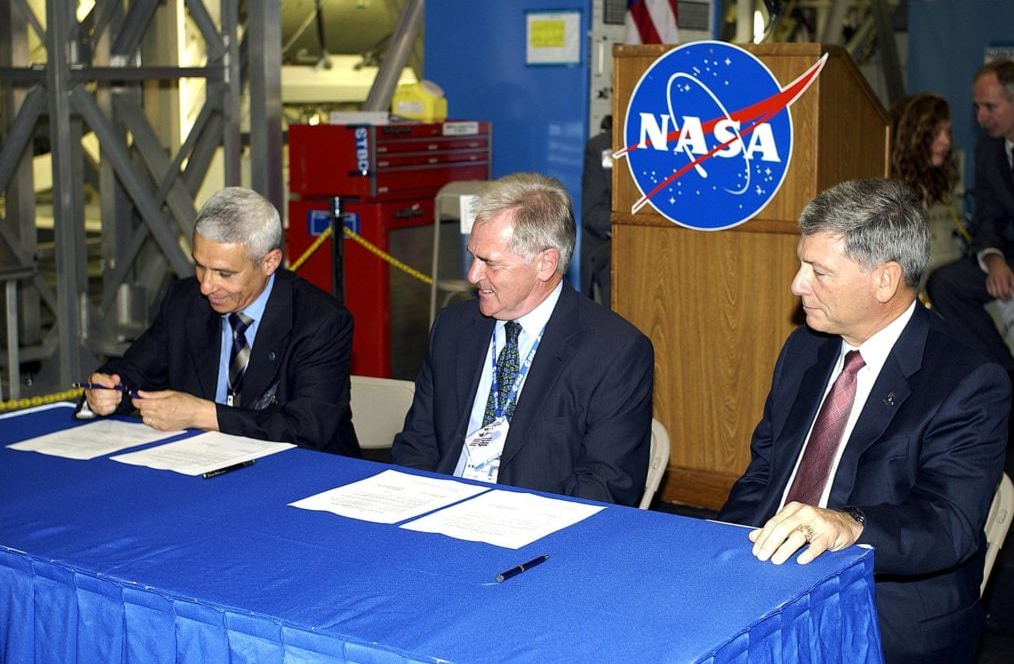
The size of the cuts to NASA’s 2026 budget proposed is unprecedented. The White House request would cut the agency’s budget from about $24.8 billion in 2025 to $18.8 billion a 24 percent reduction over one year, the biggest proportional reduction since Apollo’s end. In real terms, it would be NASA’s lowest budget since 1961, when the agency hadn’t yet launched a human into space.
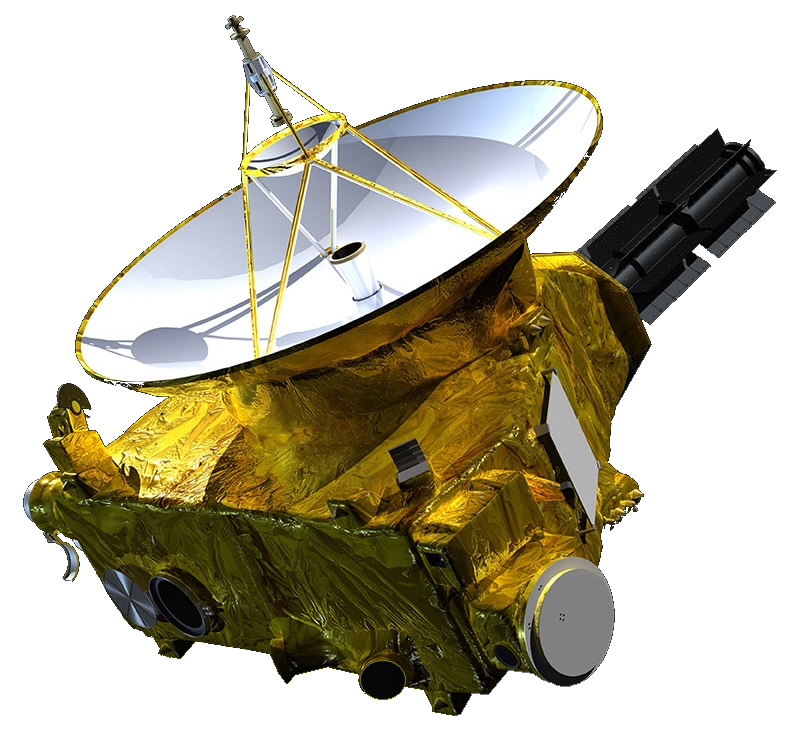
1. Science Programs on the Cutting Block
The plan sets its sights on NASA’s Science Mission Directorate, which manages astrophysics, planetary science, heliophysics, and Earth science. Reductions of almost 50 percent to those fields would lead to the early cancellation of 19 ongoing missions, such as the Kuiper Belt–probing New Horizons spacecraft, at a loss of billions of dollars in taxpayer investment. Space missions such as the Mars Sample Return and the Nancy Grace Roman Space Telescope are threatened with cancellation after decades of development and partial funding. The plan is “an extinction-level event” for U.S. space science, Casey Dreier, head of space policy at The Planetary Society, told lawmakers.
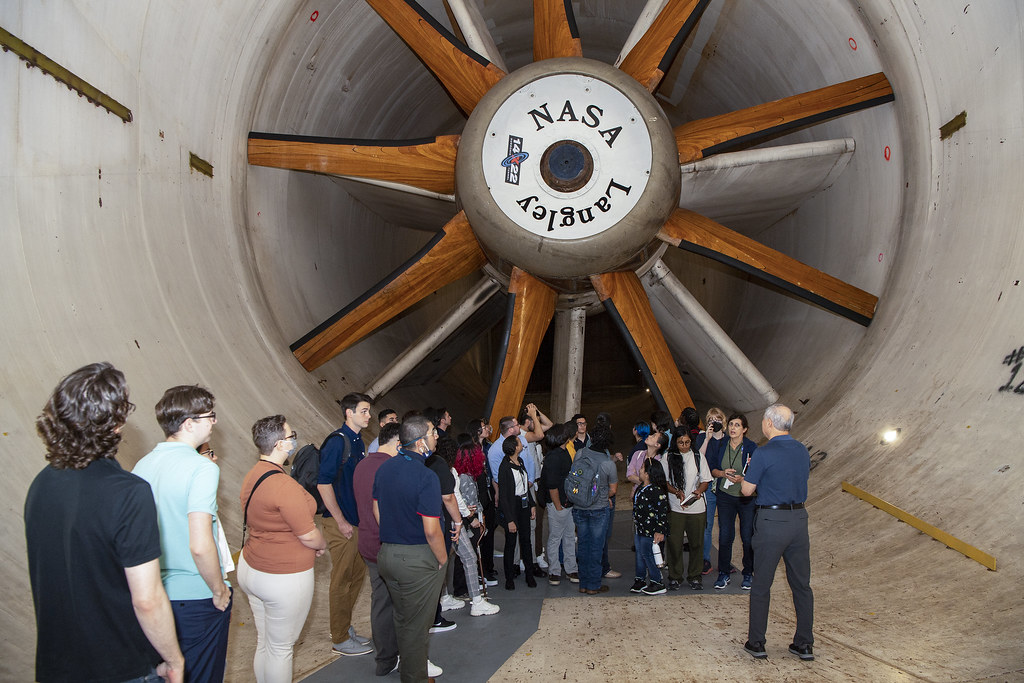
2. Cutting the Workforce to 1960 Levels
The administration’s deferred resignation program has already led to the departure of nearly 4,000 employees about 20 percent of NASA’s workforce. The budget proposal envisions further involuntary layoffs that would shrink the civil servant headcount to its smallest since before the establishment of key centers like Johnson and Marshall. Former spaceflight participant Garrett Reisman cautioned that such losses threaten to undermine the institutional memory critical to mission safety, recalling that even similar workforce reductions during the 1990s were blamed for causing the Columbia disaster.

3. Union Protections Removed
On August 28, President Trump signed Executive Order 14343, exempting NASA from the Federal Service Labor Management Statute. Implementation actions consist of ending collective bargaining agreements, suspending the collection of union dues, removing unions from office facilities, and excluding representatives from engaging in formal negotiations. Monica Gorman, area vice president of the Goddard Engineers, Scientists and Technicians Association, stated, “NASA is not an intelligence agency. NASA is a scientific agency. This is just a pretext for expanding Trump’s attack on the labor movement as a whole.”
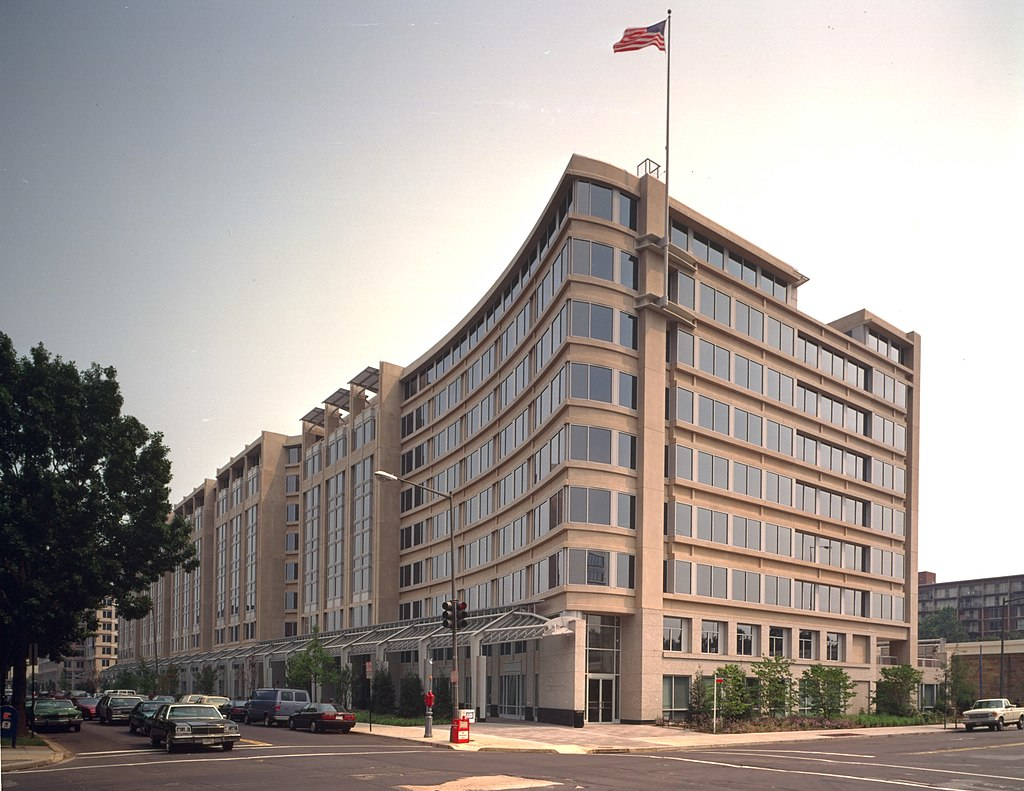
4. Safety Hazards in a Hushed Workplace
Union leaders and engineers argue that removing collective bargaining rights undermines the ability to raise safety concerns without fear of retaliation. Gorman emphasized that union protections allow analysts to provide independent cost and schedule estimates for missions. “What we’ve learned from Apollo One, from Challenger and from Columbia, is that these catastrophes don’t happen out of nowhere if people don’t feel safe at work those concerns get buried,” she said.
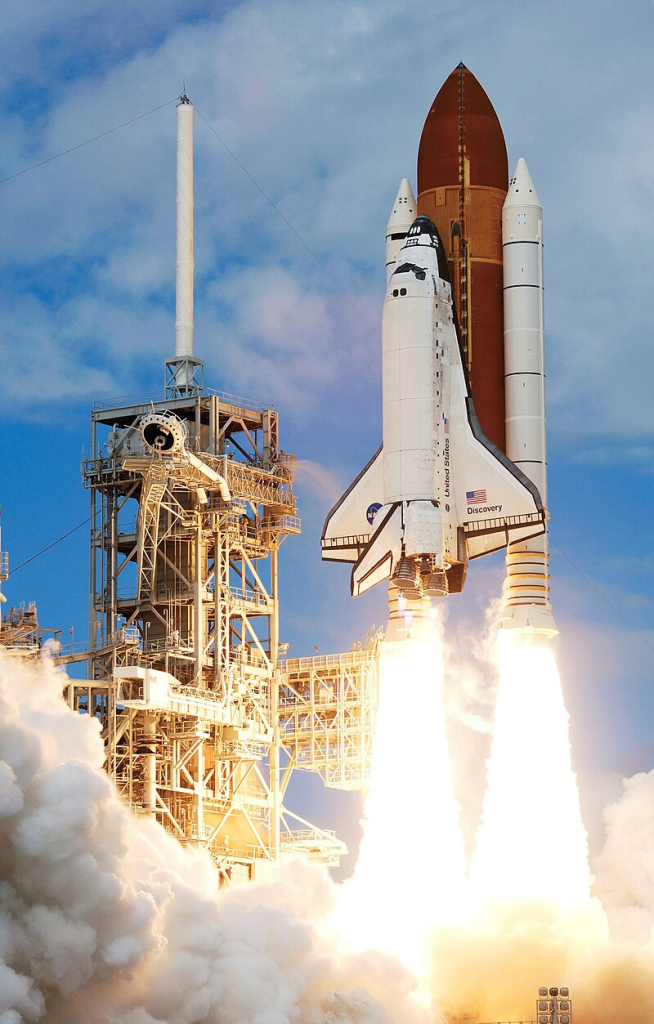
5. Lessons from the Past: Disasters
The Columbia Accident Investigation Board discovered that stiff adherence to chain-of-command processes stifled vital safety warnings. Demands to photograph Columbia’s smashed wing were withdrawn within 90 minutes because they circumvented official channels. The recent revocation of NASA’s Technical Authority an arrangement permitting engineers to raise safety issues above ordinary hierarchies has concerned Voyager Declaration signatories, who stated, “The culture of organizational silence fostered at NASA during the past six months already is a dangerous departure from the lessons learned in the aftermath of the Columbia disaster.”
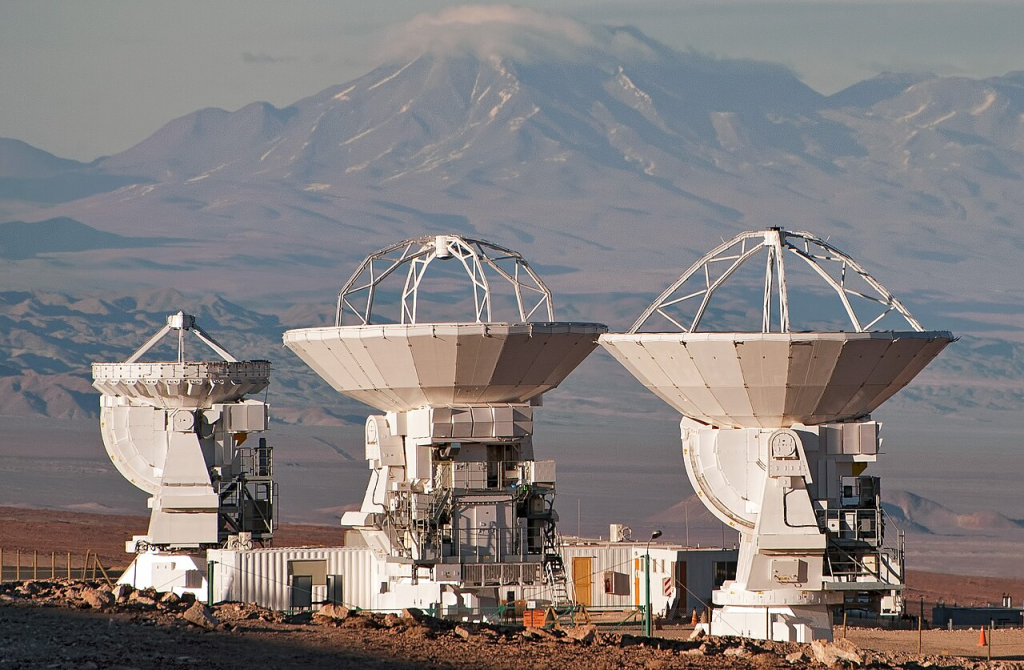
6. Effect on Planetary and Astrophysics Missions
The cuts, as suggested, would decimate planetary science, threatening to kill missions to Mars, Venus, and the outer planets, along with astrophysics missions such as next-generation space telescopes. Such programs, years and sometimes decades in the planning, cannot be resurrected when dismantled. As described in analyses of NASA’s science portfolio, operational expenses of these missions are small relative to their scientific return, making their killing both economically and scientifically wasteful.
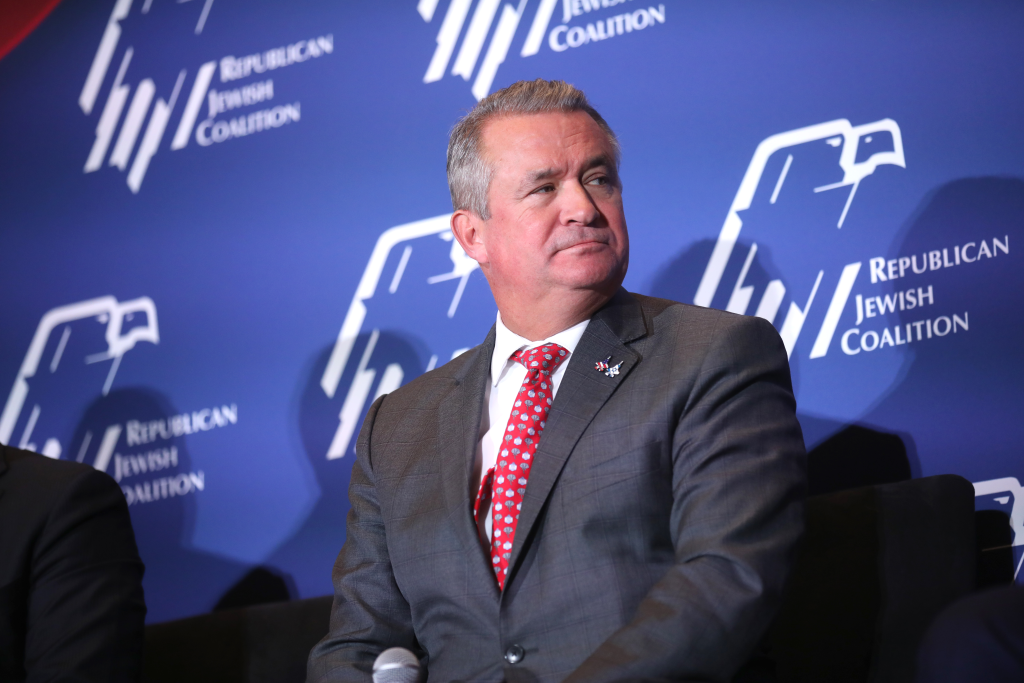
7. Congressional Backlash and Political Implications
While the White House couches the cuts in terms of national security needs, bipartisan members of Congress have acted to protect NASA’s budget. Reps. Judy Chu and Don Bacon called on appropriators to insert language into the continuing resolution to keep funding at current levels, threatening “irreversible effects on America’s space leadership and capabilities.” The House appropriations bill would keep NASA’s budget flat, and the Senate version provides a modest boost.

8. Decline in Morale and Cultural Changes
Aside from the numbers, the anti-DEI policies of the administration have eliminated employee resource groups and eliminated diversity initiatives, adding to what Reisman called “an atmosphere of fear and uncertainty.” The news from Goddard Space Flight Center is that morale has “never been lower,” with the loss of facilities, personnel, and workplace protections. Engineers caution that this kind of climate discourages dissenting opinions a vital check in high-risk engineering.
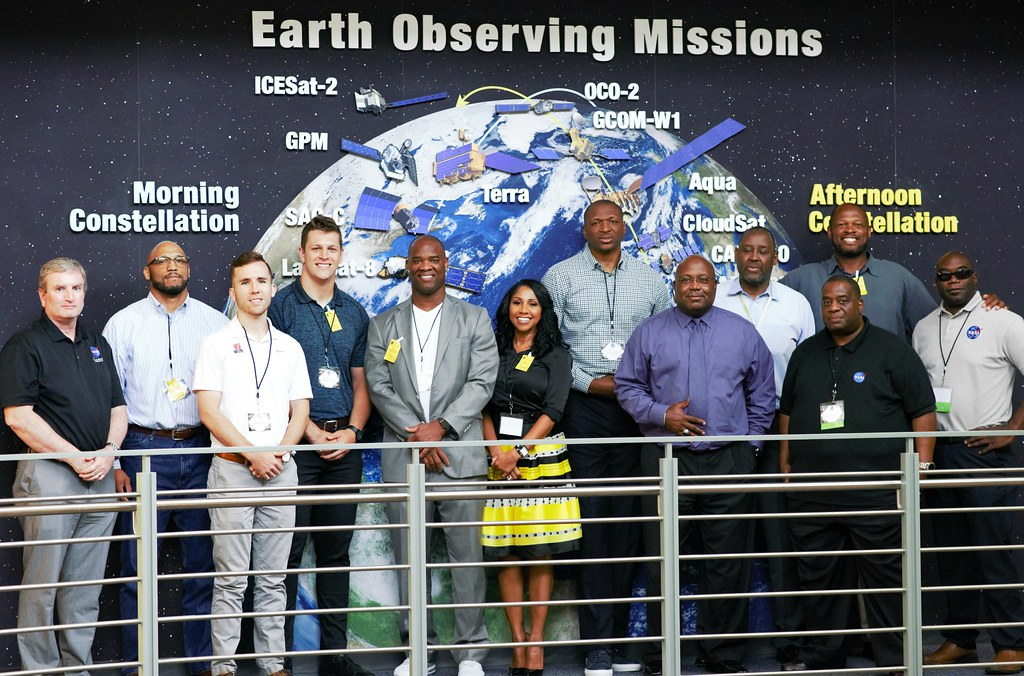
The intersection of steep budget reductions, large-scale layoffs, and dismantling of union protections has put NASA in a moment of sharp vulnerability. With Congress under a September 30 deadline to prevent a shutdown, the agency’s science programs, workforce, and safety culture are all at risk.
